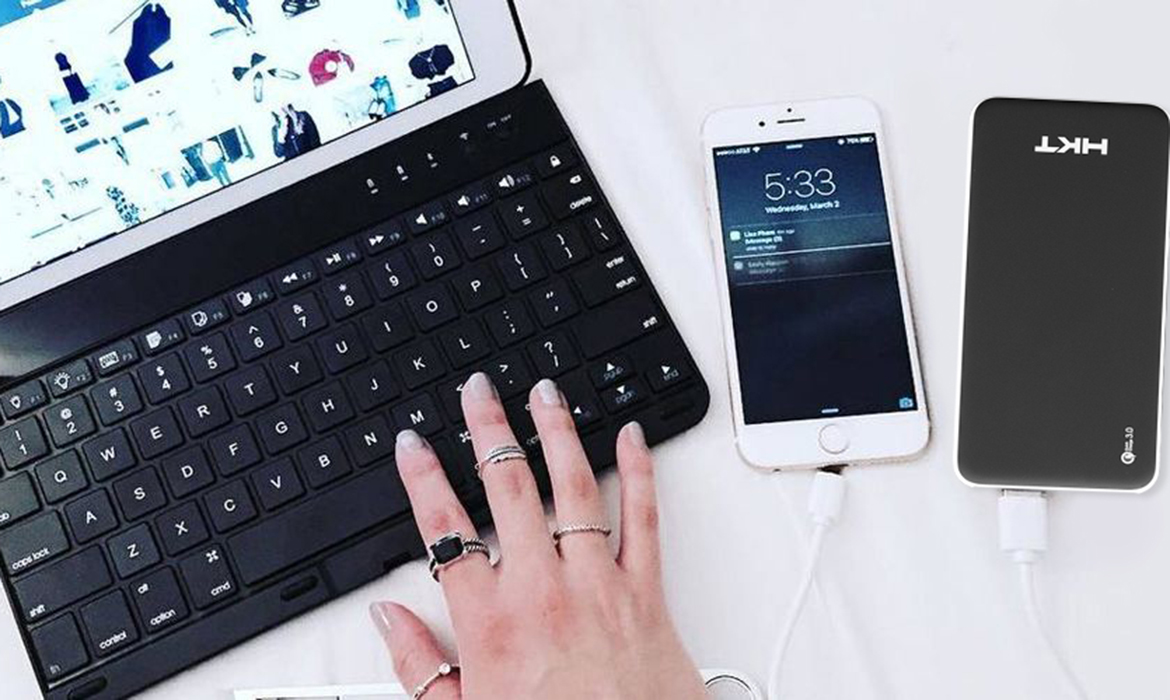How to Choose a Power Bank for Your Phone
How to Choose a Power Bank for Your Phone

First, we’ll begin by explaining how a power bank works. A portable power bank stores electrical energy supplied by an outlet and allows you to “deposit” that energy later into a mobile device. Power banks have to be charged, sometimes for a considerable period of time, but will store enough electrical energy to fully power a device several times over. It should be noted that power banks will always experience loss due to resistance, so the full capacity of the power bank is not transferred to the device, and this is a factor when we calculate and estimate how many times a particular device can be charged. Additionally, the lower the charge on your device, the more the portable power bank has to work to recharge it. So, ideally, you do not want to wait until the device is fully depleted of battery life before using a portable power bank.
Almost any device that is USB charged can be used with a portable power bank provided you remember to keep the power bank charged! It is best to remove the power bank from the charge as soon as it is full and most have an LED indicator to display full capacity. Some come with an “auto cutoff” feature as well.
A general guideline for the charge provided by varying mAh batteries is as follows:
- 1500 mAh: typically one full charge of a cell phone
- 5200 mAh: typically two full charges of a cell phone and a tablet to 50%
- 10000 mAh: typically four full charges of a cell phone and a tablet to 100%




